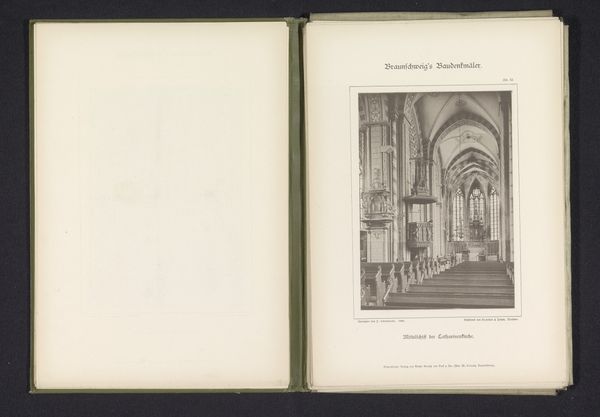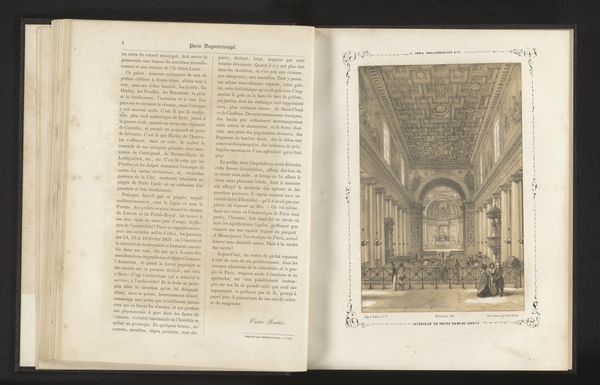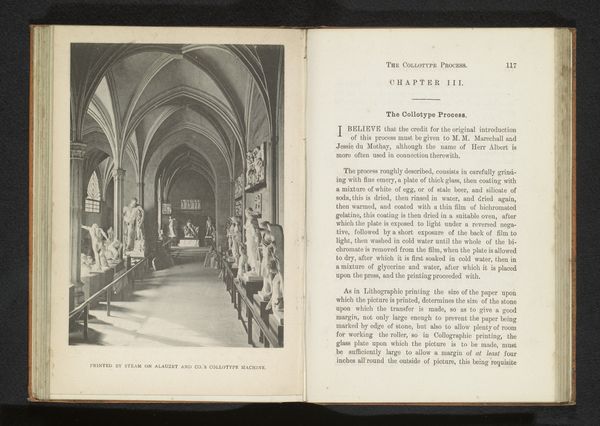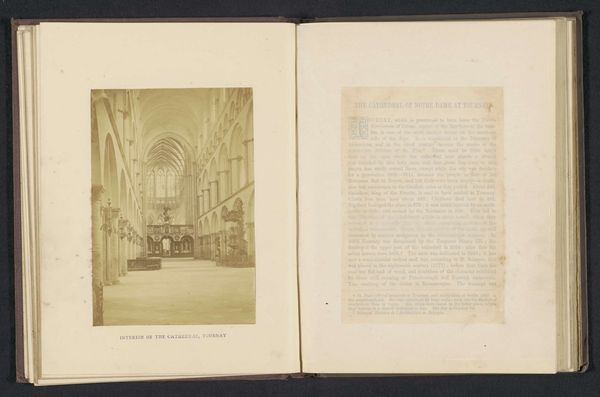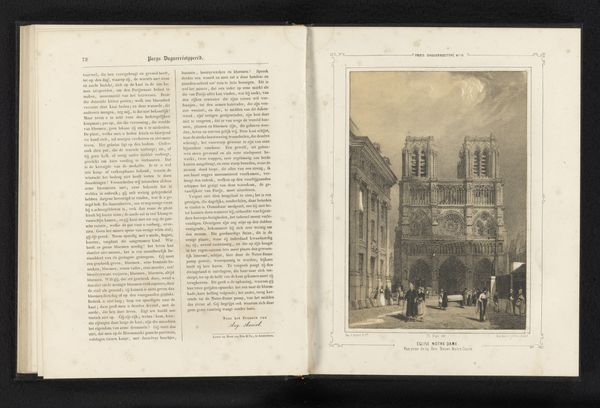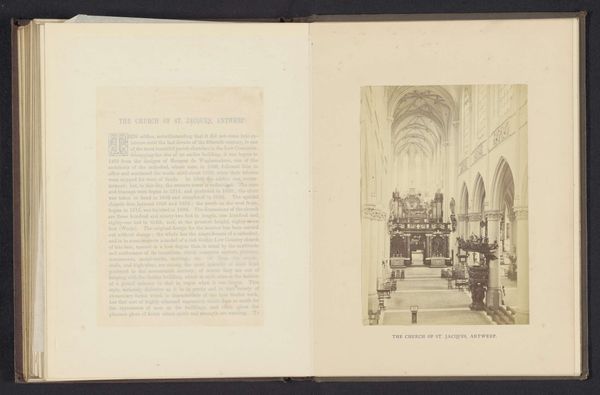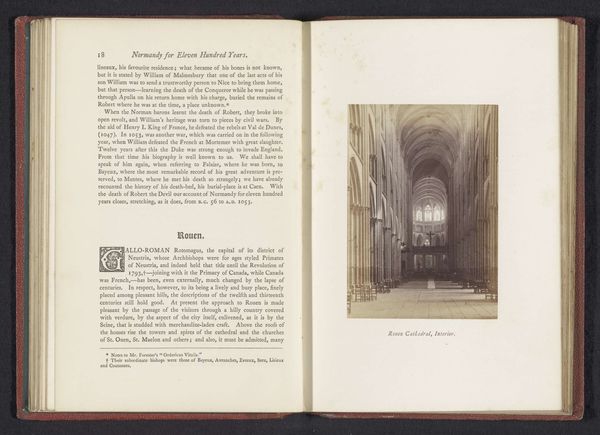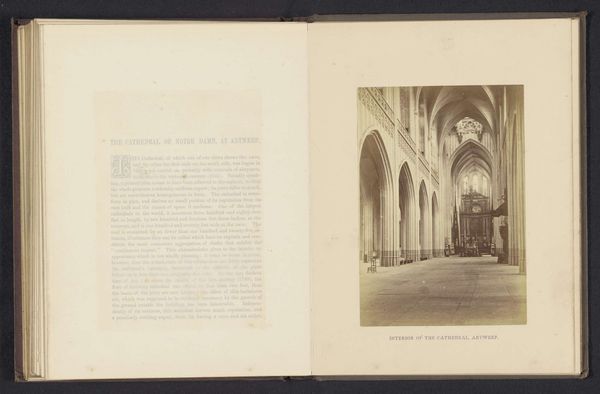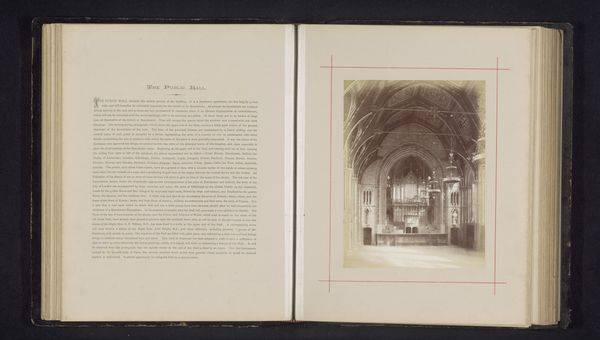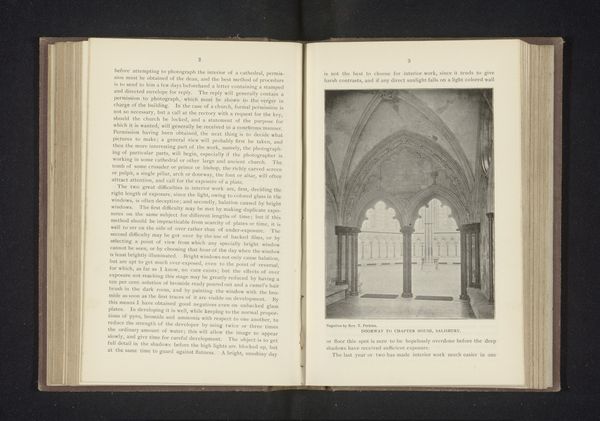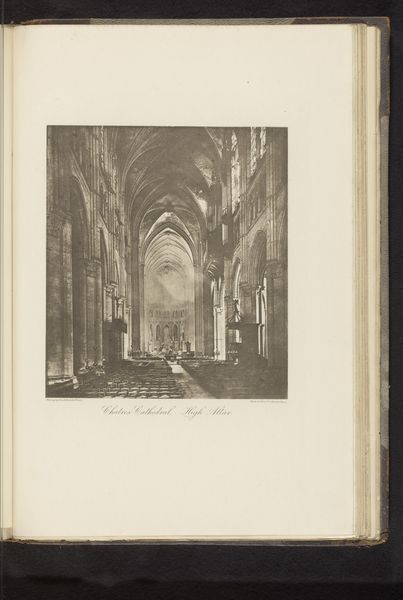
drawing, print, engraving, architecture
#
drawing
# print
#
perspective
#
romanticism
#
cityscape
#
engraving
#
architecture
Dimensions: height 260 mm, width 210 mm
Copyright: Rijks Museum: Open Domain
This is a print of the interior of Notre-Dame in Paris by Jean-Baptiste Arnout. The cultural and social role of the cathedral shifted notably during the late 18th and early 19th centuries, after the revolution. Prints such as this one can act as a cultural record, showcasing the architecture of France, and were of particular cultural importance in the post-revolution era. By creating a visual document of French heritage, Arnout and other artists contributed to the construction of a new collective memory, one where the church and its architecture represented resilience. Arnout subtly critiques the institution of art, playing with its role as both a preserver of tradition and a potential agent of change. To understand Arnout's work better, we can consult historical archives, architectural records, and social histories of post-revolutionary France. This allows us to appreciate the complex interplay between art, memory, and national identity, highlighting how art can engage with social structures of its time.
Comments
No comments
Be the first to comment and join the conversation on the ultimate creative platform.
